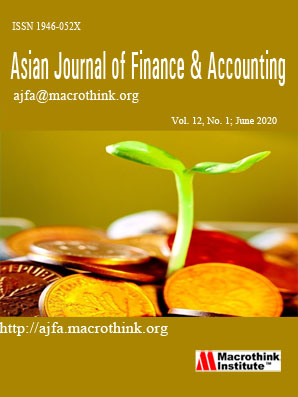Barriers to Islamic Banking Growth- Bank Employees’ Perspective from Pakistan
Abstract
The concept of Islamic banking (IB) in Pakistan traces its roots back to late 70s. Since its inception it has had its fair share of growth. The IB industry, despite its growth during the last few years, has not fully nurtured and its share in banking industry is moderate 6.4%. This study explores the view point of bank employees of Gujranwala Division Pakistan regarding this statistics. By using a sample of 126 respondents, comprising Islamic bank employees (IBE) and conventional bank employees (CBE) to investigate the factors responsible for low market share of Islamic banking in banking industry. Our findings indicate that according to over all sample small network of branches, inadequate info about Islamic banking services, ignorance to teachings of Islam, trust deficiency towards Interest free banking and location of banks as the main reason for mere rise of Islamic banking. The factors change if we divide our sample in subsamples of IBE and CBE. Although considerable work in this area has been done in world and Pakistan is no exception to this however, the focus of majority of research is on the customers view point. This paper explores the roots of modest share of IB from bank employees’ angle.
Submission of an article implies that the work described has not been published previously (except in the form of an abstract or as part of a published lecture or academic thesis), that it is not under consideration for publication elsewhere, that its publication is approved by all authors and tacitly or explicitly by the responsible authorities where the work was carried out, and that, if accepted, will not be published elsewhere in the same form, in English or in any other language, without the written consent of the Publisher. The Editors reserve the right to edit or otherwise alter all contributions, but authors will receive proofs for approval before publication.
Copyrights for articles published in MTI journals are retained by the authors, with first publication rights granted to the journal. The journal/publisher is not responsible for subsequent uses of the work. It is the author's responsibility to bring an infringement action if so desired by the author.








